Description
Palazzo Donn’Anna in Naples by Eduardo Dalbono printed on a Hoodie
About the Hoodie
Modern fit
It provides a more tailored look than a regular fit
Comfortable
The fabric and fit of this item are extra comfy
Tear-away tag
Easily removable tear-away tag that allows you to add a custom inside label
Premium quality
The product is made from premium, high-quality materials
Classic unisex hoodie with a front pouch pocket and matching flat drawstrings. The 100% cotton exterior makes this hoodie soft to the touch.
- 65% ring-spun cotton, 35% polyester
- Charcoal Heather is 60% ring-spun cotton, 40% polyester
- Carbon Grey is 55% ring-spun cotton, 45% polyester
- 100% cotton face
- Fabric weight: 8.5 oz./yd.² (288.2 g/m²)
- Front pouch pocket
- Self-fabric patch on the back
- Matching flat drawstrings
- 3-panel hood
- Tear-away tag
Eduardo Dalbono (1841 – 1915)
Eduardo Dalbono was an Italian painter born in Naples.
The son of a writer and art critic father and poet mother, Edoardo Dalbono attended the Royal Institute of Fine Arts in Naples in 1853, but left it shortly afterwards to join Nicola Palizzi ‘s studio. In 1859 he participated in the Fine Arts Exhibition at the Royal Bourbon Museum, winning the silver medal; he then became interested in the Scuola di Resina, and his artistic research centered on life studies of nature.
In 1867 he began showing his works regularly at the Società Promotrice di Belle Arti in Naples and other exhibitions; he won the silver medal at the National Exposition at the Accademia di Belle Arti di Parma in 1870 with a history painting and the bronze medal at the international exhibition in Vienna in 1873. From 1878 to 1888 he lived in Paris and, with the help of his friend Giuseppe De Nittis , entered into a contract with the art dealer Goupil . During this decade he returned to Italy several times, staying in Milan and Verona , and also continued the activity he had begun years earlier as an illustrator.
He was one of the founders of the Società Napoletana degli Artisti, and later of the Circolo Artistico, and in 1897 he was appointed professor of painting at the Naples Academy. He went on to show his works in the international exhibitions in Venice in 1895, St Louis in 1904 and Rome in 1911. He died in Naples in 1915.
Among his pupils was Carlo Brancaccio.

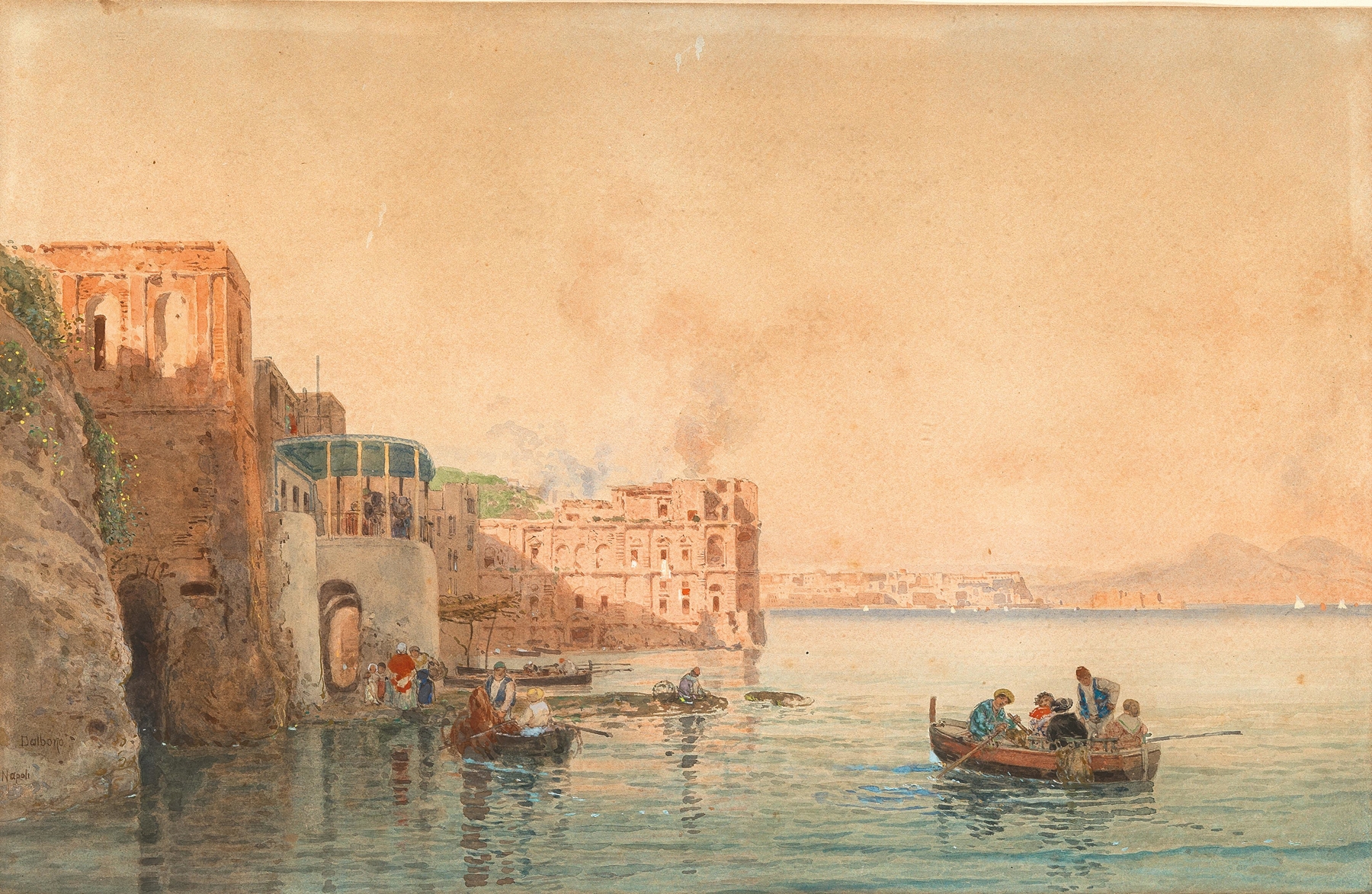
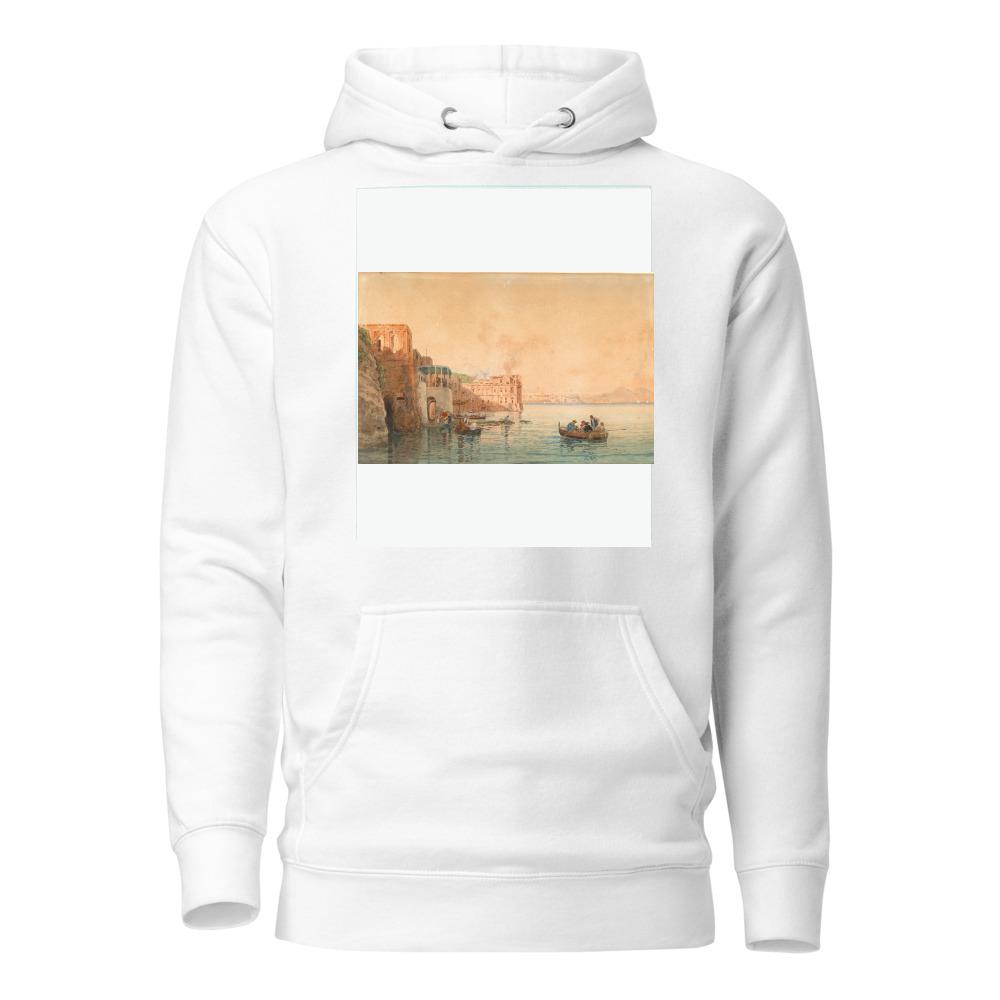
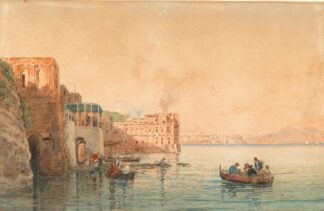
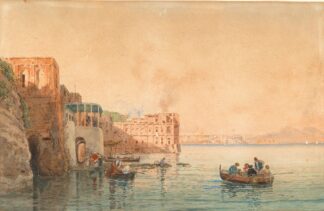
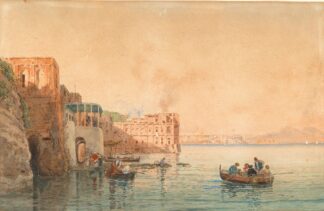
Reviews
There are no reviews yet.